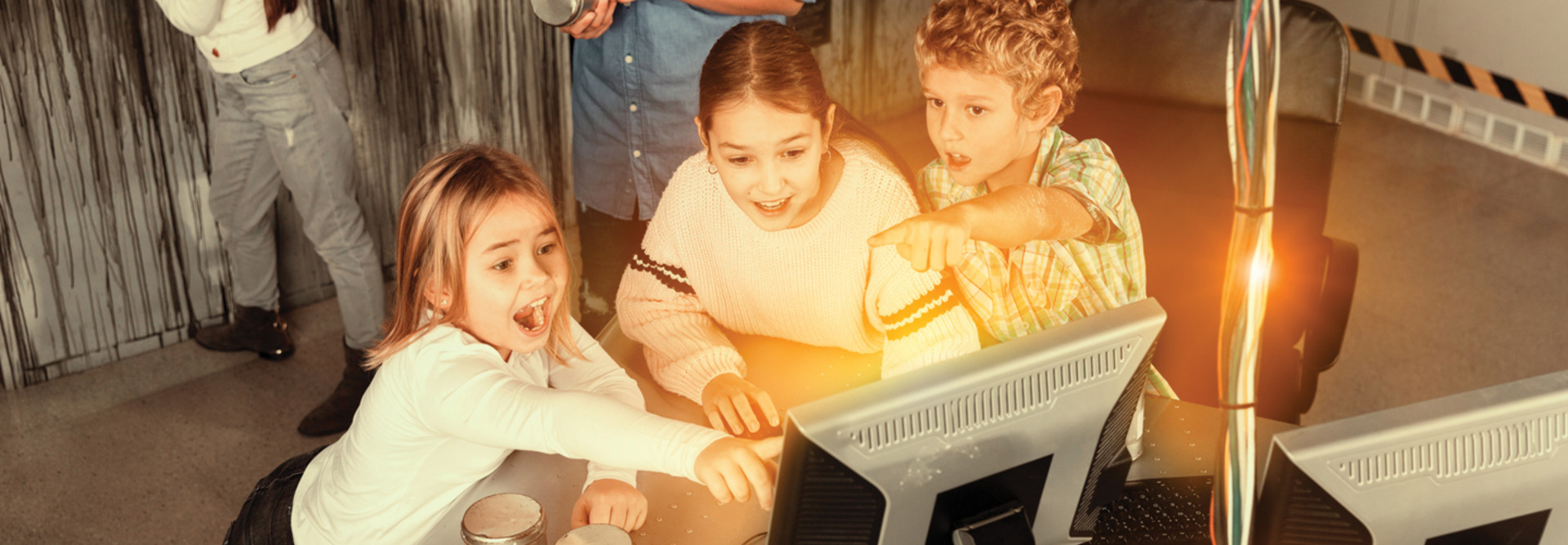In his presentation, “Esports: from Kindergarten to College and Career,” he quoted Christopher Emdin, a professor at the University of Southern California. “Anything students can consume, they can create,” he shared.
Konopelko also talked about the ways that esports can bring older students together and the spaces that help facilitate their collaboration and cooperative gameplay. Thanks to the popularity of streaming services and the work of organizations like the North America Scholastic Esports Federation (NASEF), esports arenas are popping up in K–12 schools across the country.
Many districts are innovating to build these arenas, and they’re altering their curricula to include esports in other focus areas, like math and language arts.
Innovative Spaces Allow for More Educational Flexibility
Figuring out how to create esports arenas isn’t the only physical change being considered in many K–12 districts. In the workshop “Creating a Makerspace? Start HERE!” attendees learned the importance of makerspaces and the ways they facilitate engagement and collaboration. The workshop included questions to ask for districts planning their own makerspaces and examples of these modern learning environments in practice.
Makerspaces and esports arenas both reflect a shift toward what Pat La Morte, global education solutions lead at Zoom, calls “student choice” in an interview. This entails allowing students to choose their paths and what they want to learn — and how they want to learn.
RELATED: What does the flipped classroom look like in K–12 education today?
“The student voice is something that we have to listen to, and it always was listened to at the college level, but now we need to at the elementary level as well,” says La Morte.
Flexible technology options can help support student choice and asynchronous learning. La Morte points to the way Zoom is evolving its technology to offer classroom audiovisual devices. Zoom Room appliances, for example, provide a way for a physical room full of people to join a virtual meeting. One device features cameras, microphones and speakers, and it can be mounted on a wall or used on a cart.
Despite the changes impacting K–12 education, administrators and IT leaders should continue driving toward the innovative and collaborative possibilities of the future.











